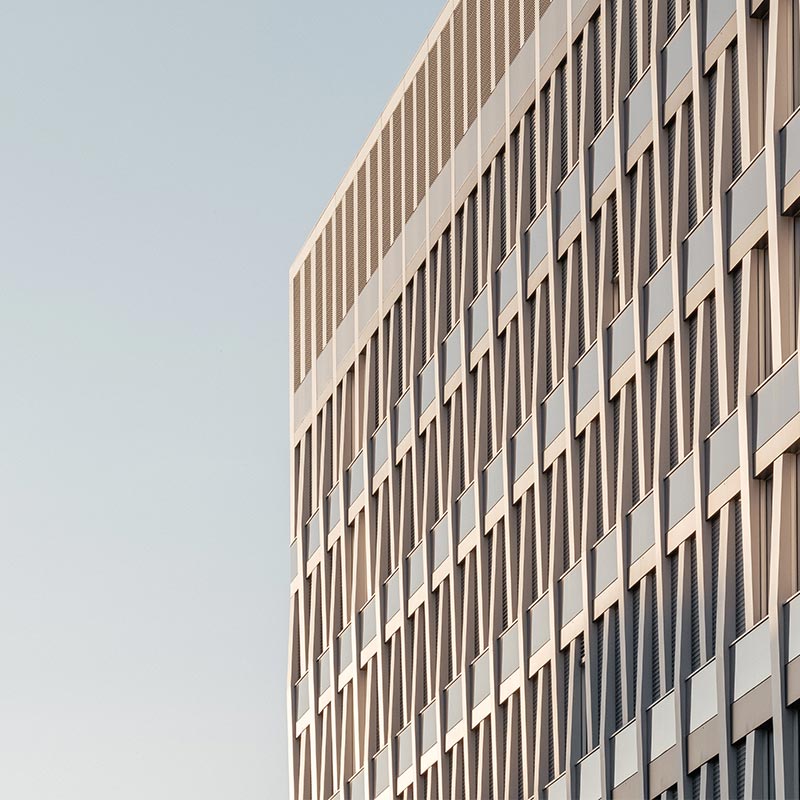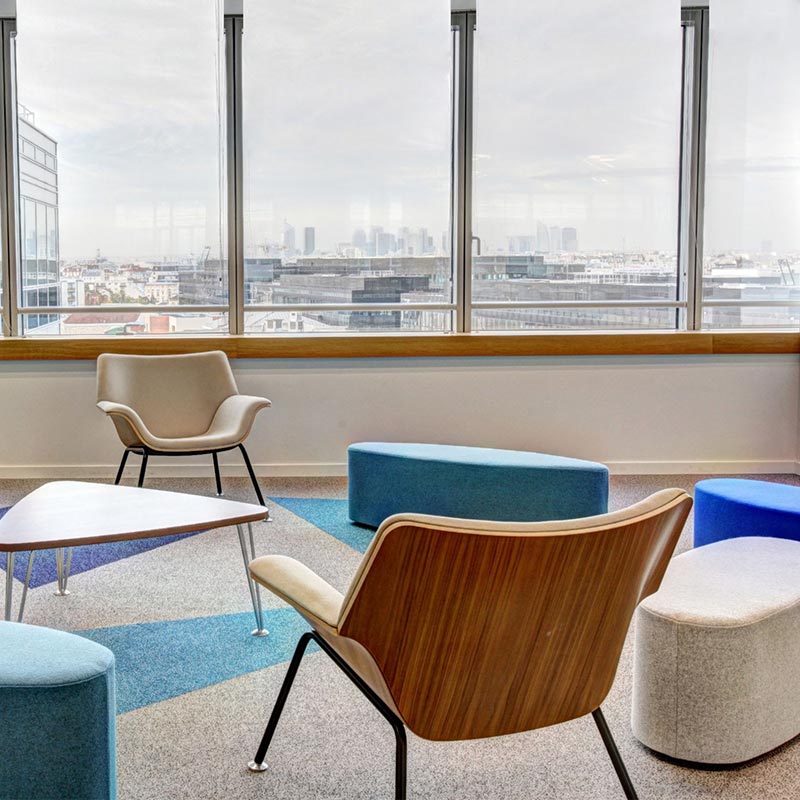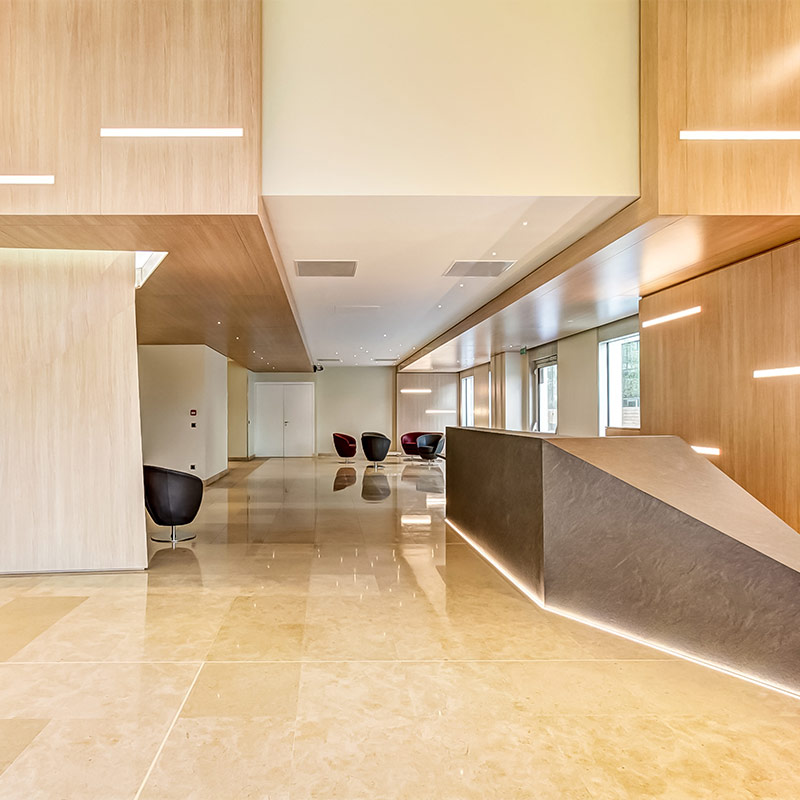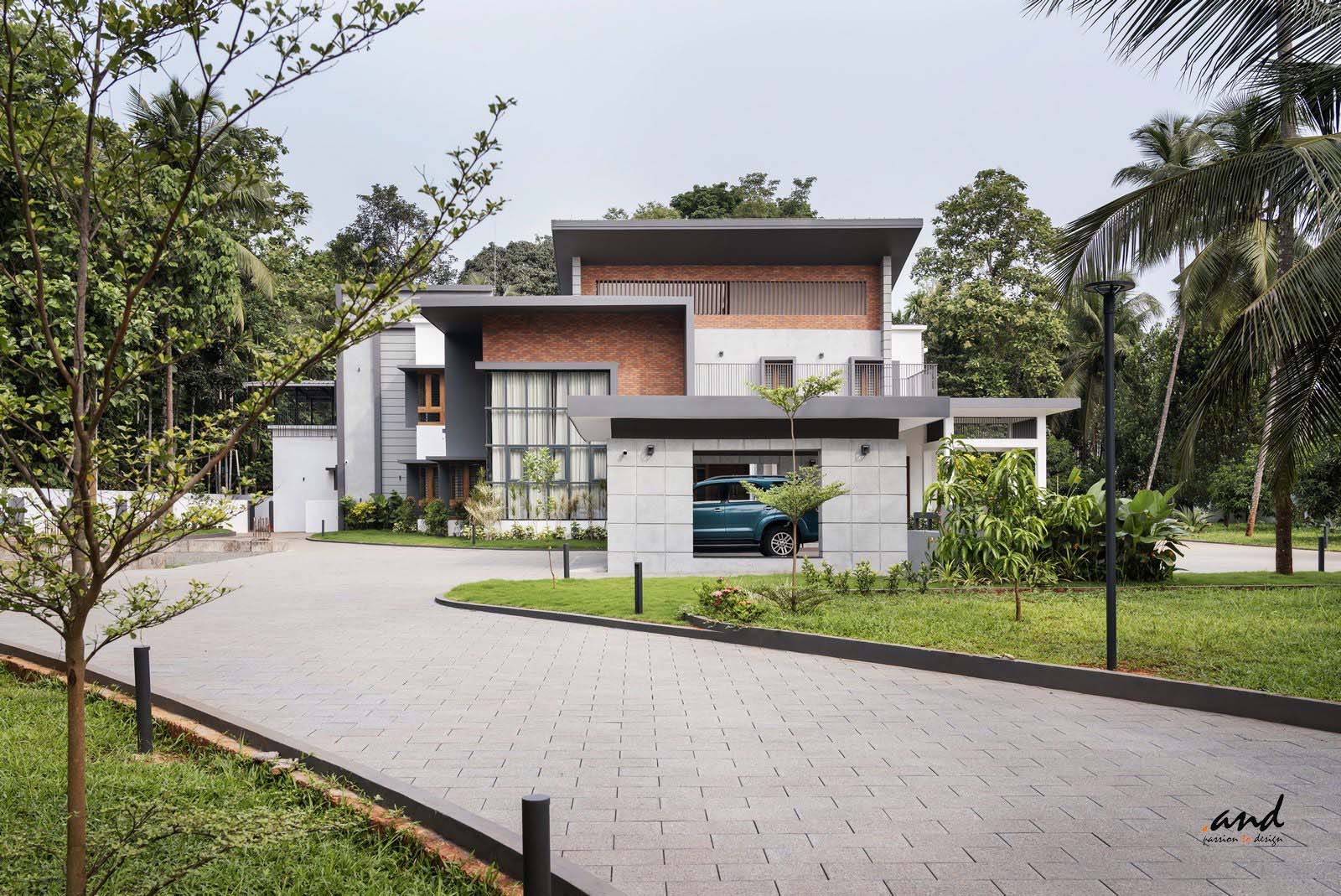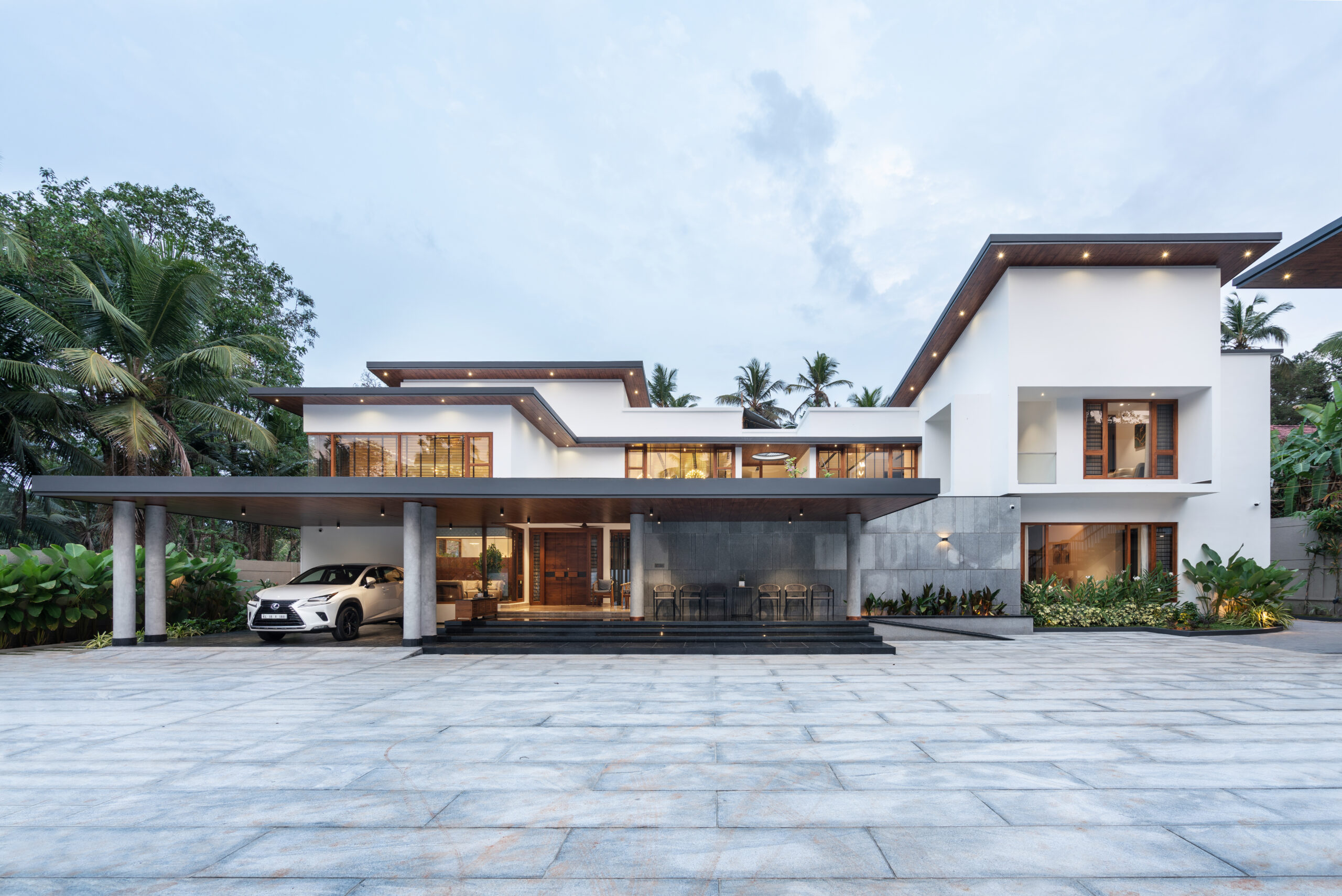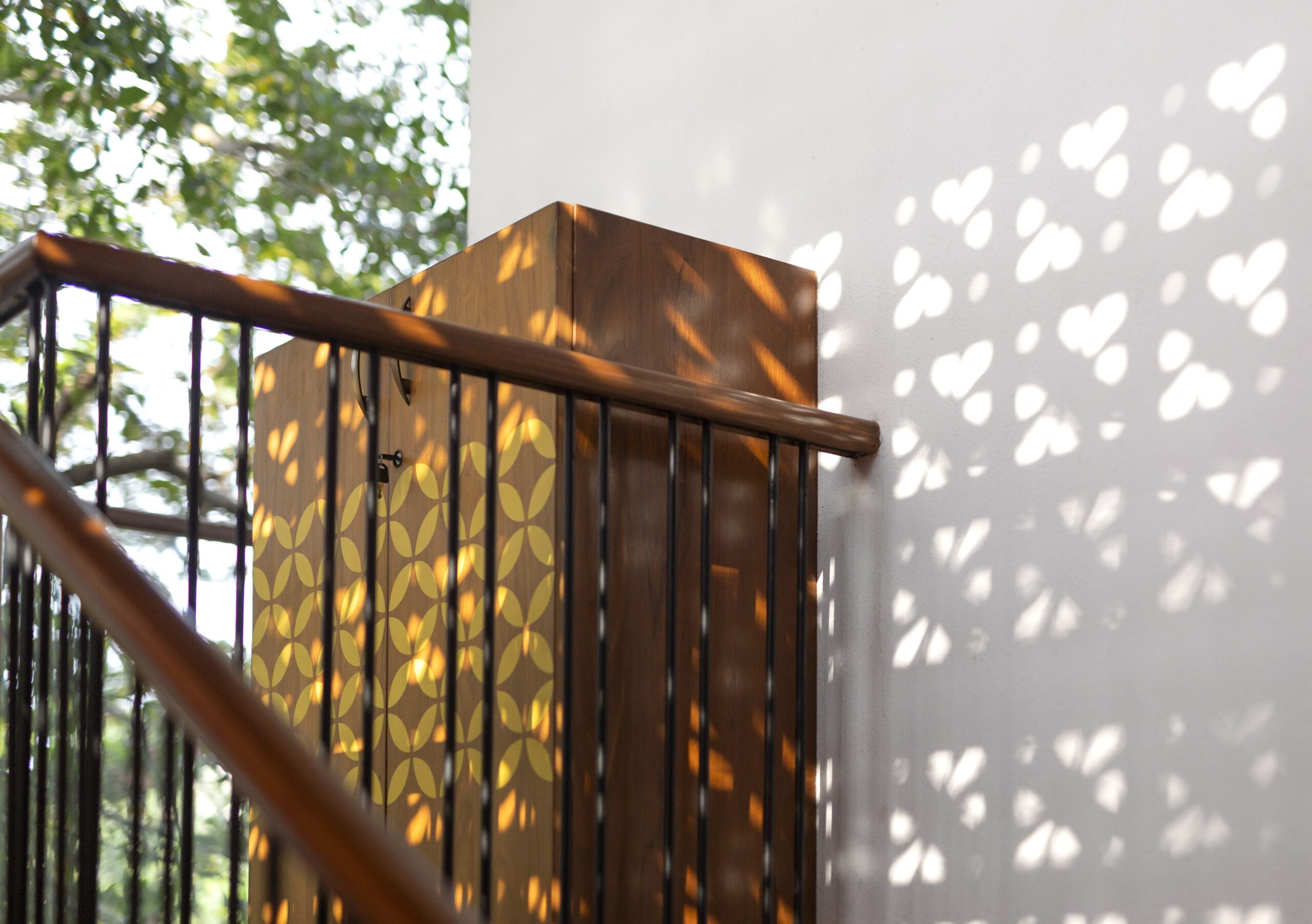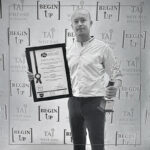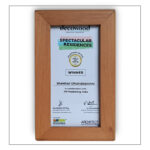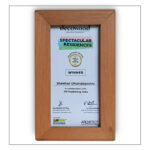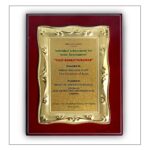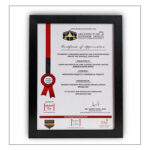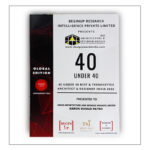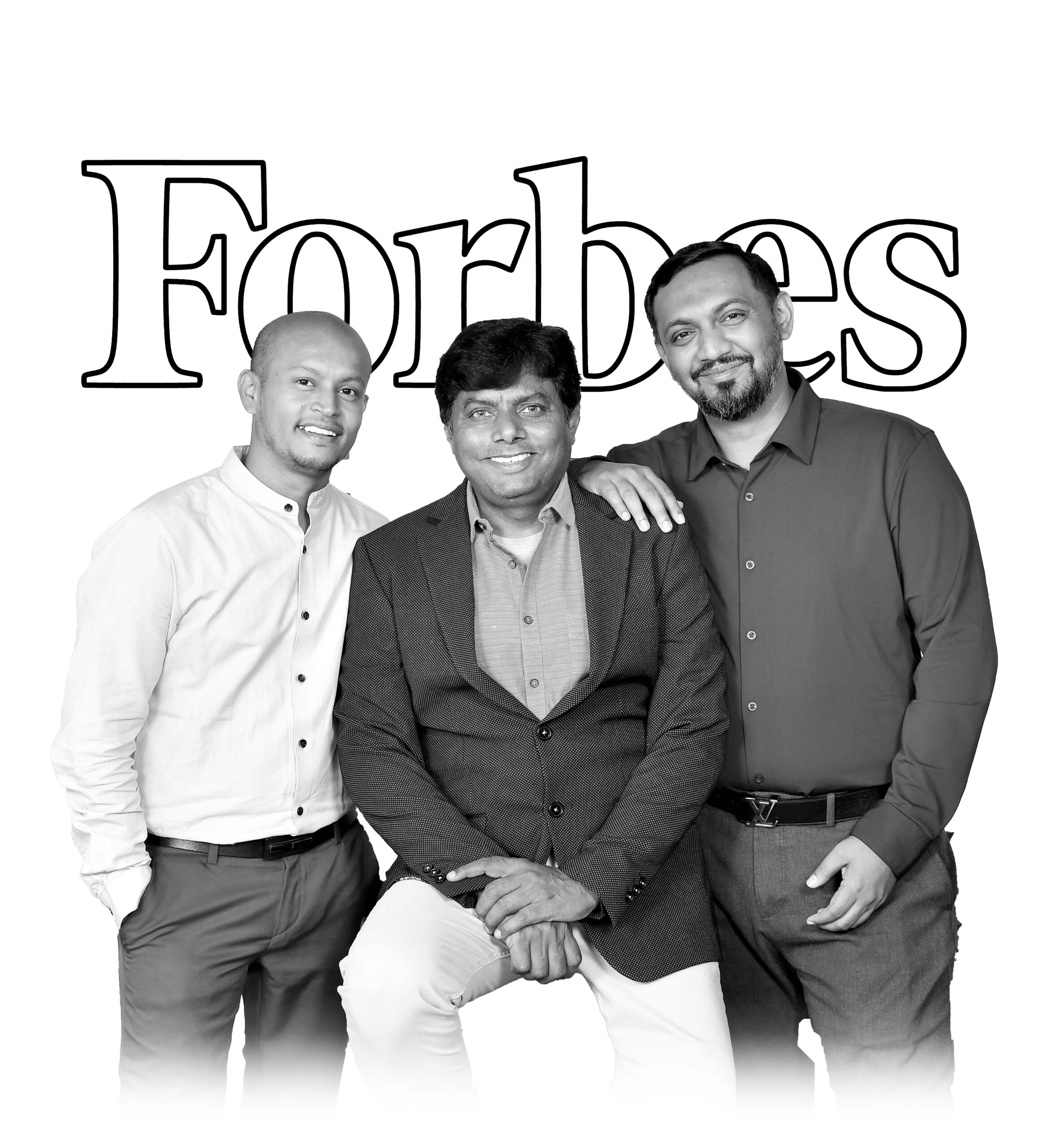
The Bold Club- The Design NextGen: Top 30 under 45 ![]()
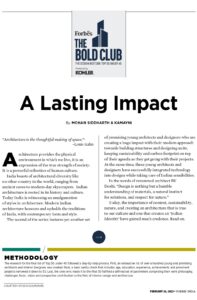
What better news could there be than our company being included in Forbes India’s Top 30 Architects and Designers list.
Dotand was one of the architectural firms honoured in this prestigious publication for its goals, guiding principles, challenges overcome, and potential to advance the fields of architecture and interior design.
The feature also focuses on recognizing the variety of architectural styles: from prehistoric caves to contemporary skyscrapers. Indian architecture has expanded significantly in recent years as a result of urbanization and infrastructure projects, as well as a demand for sustainable and creative designs.
We share an insatiable passion for creation…to be able to breathe life into ideas in the form of habitable spaces. – Barun Patro
Dotand has three studio offices in Chennai, Kozhikode, and Bhubaneswar, with over 100 employees, and has completed over 600 projects in five countries. The directors’ shared founding path has been one of variety and destiny. While pursuing their architectural education, Barun and Shiju gained experience in building and design, working on a side hustle in the studio headed by Sekar. This helped them become seasoned professionals while they were students. Fresh out of college, they collaborated to establish their firm, ‘Amar’ meaning immortal in Sanskrit.
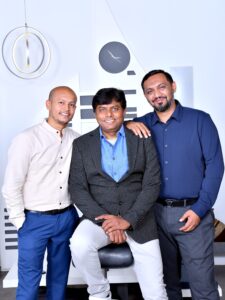
Design, according to the directors, is the art of storytelling via scientific knowledge, material application, and spatial experiences, a power to manifest an idea into reality.
“Our inspiration has always been a vision that we will create a design legacy that is bigger than all of us together,” says Shiju Pareed in the feature.
Each of the three directors has a different personality, style, and approach to design, and are all loyal and committed to work. Every new project has one identified project lead, while the rest are advisors, which has proved to be a success mantra in their journey.
“We have well-defined policies and structure in our organization that gives us uniformity among our teams and helps us grow steadily,” says Sekar Dhandapani.
Forbes India
Forbes India has been one of India’s most coveted and reliable business publications. It improves a brand’s reputation, engages with millions of readers online and in print, and boosts confidence across the country. The goal of Forbes India is to celebrate the abilities of architects and designers while highlighting their contribution to the growth and development of India’s cities and communities.
A platform that is one level higher than before will be provided to Dotand. The acknowledgment from one of the biggest and most prestigious business magazine brands comes with more responsibilities and the need to continue satisfying customer requests.
Exclusive insights from the interview’s Q&A session of our Directors!
Q. How do you approach a new project? What practices and processes do you follow?
A. “For projects that we are an expert on, we invest ample time to educate our clients with insights gained from years of experience. Whereas for projects that are new, we invest time in educating our teams, strengthening our research, and building on our designs.”
They identify as a corporate team of more than 100 talents, with their organization having well-defined policies and hierarchical structures. As creative individuals, they constantly support and adapt to change. They celebrate projects, give younger teams the authority to take the lead, and acknowledge their achievements. Therefore, making them future-ready and a devoted family.
Q. How has your working style evolved over the years?
A. “When we were young and small, we used to be the jack of all trades: design, admin, execution, project managers, etc.”
To reach that excellence, they believed in performing each and every small duty themselves. However, now being leaders in multidisciplinary fields, they have created specialized teams for each category in addition to working one-on-one with each team. They let them grow in their specific domains and firmly believe in working with their competitors rather than competing with them.
Q. Challenges you’ve faced in your career and how you overcame them?
A. “We had plenty of projects, so we decided to identify one among us as the project lead and the rest would only be advisors.”
They all took different approaches to projects, and they all saw success in them. This demonstrated that they each have a unique motto for success. Thus, expanding into other cities and encouraging the creation of more teams. They get together every three months as directors to reflect on, treasure, and enjoy the results.
Q. What kind of projects would you want to do in the future?
A. “We are blessed to be doing the projects we thought we would do in future- monuments, public spaces, private luxury villas and more.”
The tourism and hospitality sectors have seen impressive growth in recent years. They anticipate future projects like the majority of these masterpieces where architecture and environment interact.
